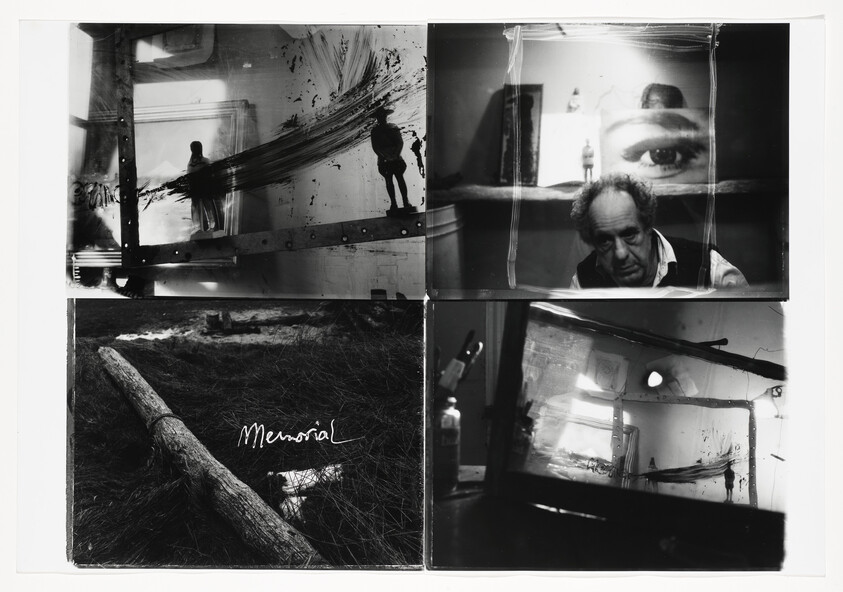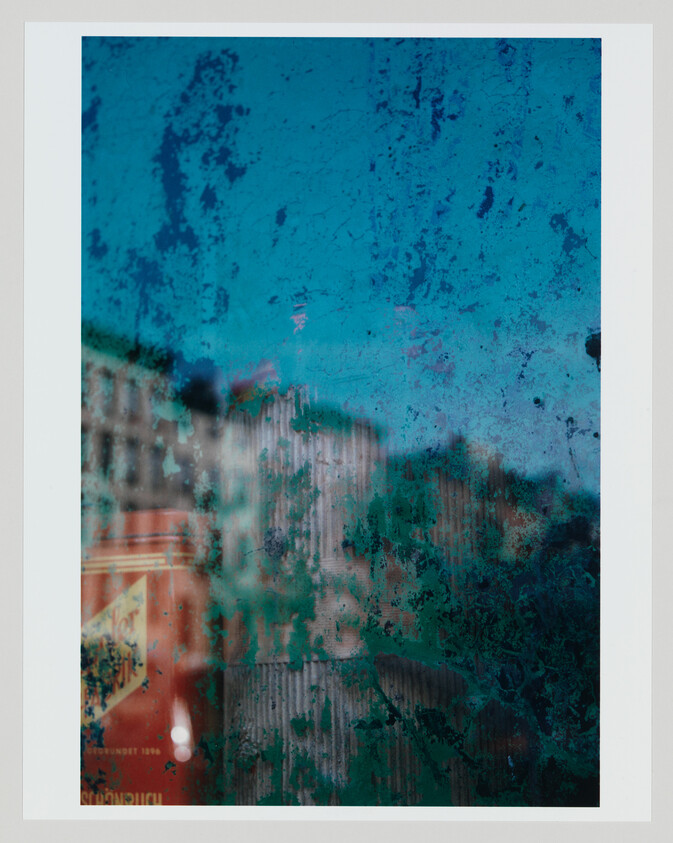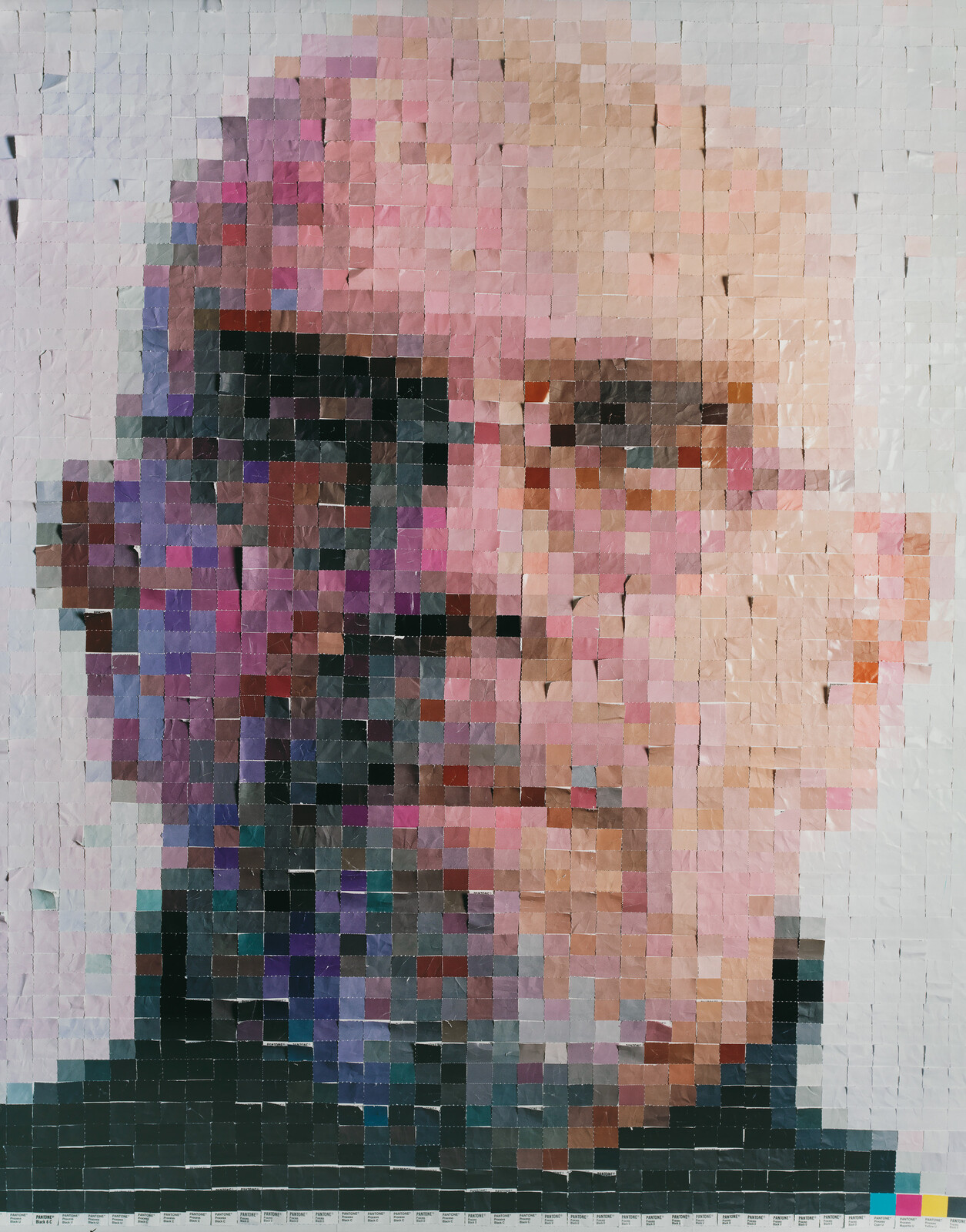Human Interest: Vik Muniz on Saul Leiter and Robert Frank
Mar 31, 2017
Vik Muniz discusses how two photographs in the Whitney's collection construct different senses of reality, and describes the process behind his own photographic series, The Best of Life.
View more from this Whitney Stories series.
My name is Vik Muniz. I’m a visual artist and I'm here to talk about two photographs in the exhibition. One of them is by Saul Leiter, and the other one is by Robert Frank. Both of them are from the ’50s, and I think they are from a period of reconstructing identities.
In the Frank's case, he talks about the city. it starts in the foreground of the picture of a newsstand. You have the greed of the buildings that are in the background with The Metropolitan Life Insurance building. In single picture he managed to put, in a very analogous way, two types of society: the way we construct a sense of society and a sense of reality around us.
In the Saul Leiter picture, it's just a fragment of a person, and it's so representative. It's somebody who is kneeling before somebody else. At the same time, you think of somebody who doesn't have money to buy new shoes, but is trying to make himself presentable to whoever he's working for. I remember my grandmother used to tell me you know when you meet people you have to look at their shoes. Because their shoes are so revealing of what they want to do, and what they want to be, and how they want to behave.
In my work, I leave bread crumbs so people can get in the process and figure out how this thing was done. The memory rendering photographs are the first photographic work I did in my career. I used, as a hobby, to draw pictures as I remembered them from a book I had lost called The Best of Life. So I decided to photograph the drawings, and then display the pictures. The Lennon and the 3D Screenings, they are part of our collective unconscious. Even when you’re not looking at them, you can just sort of build them up in your brain, just because you’ve seen them so many times.
We live in these multiple existing scenarios where you wake up, and you don’t know if you dreamed of something that you read in a book, you read in a novel, saw in a commercial, or got it on the Internet. That confusion of living in a world that extends far beyond the reaches of your immediate senses—the birthplace of this is America. And I think the American experience epitomizes the idea of a shared existence.



